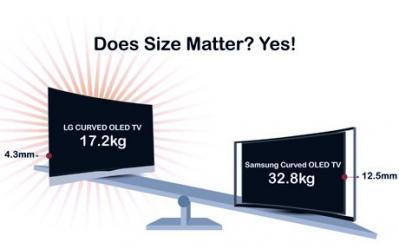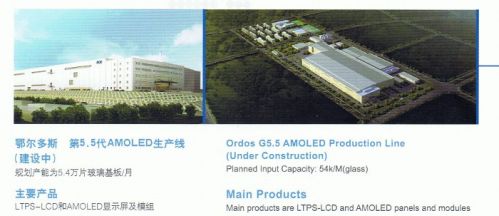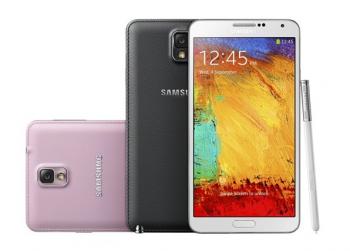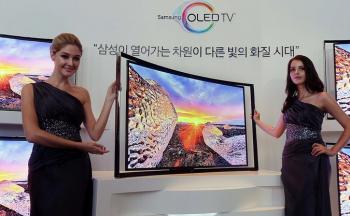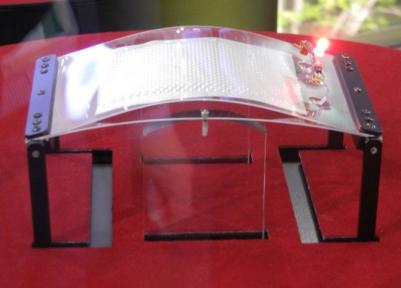Samsung files several patents on flexible device form factors
In past months, Samsung filed several patents regarding possible bendable and flexible displays and devices. Samsung says that in the future we'll see new functions and form factor display which will enable new device designs. Samsung's patents cover all sorts of designs, including bendable, foldable and rollable types:
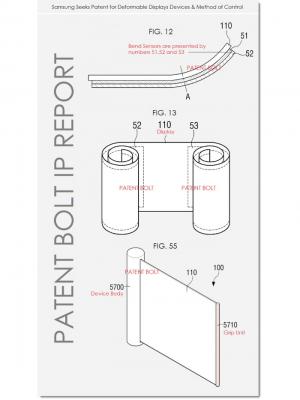
Some of these designs are obvious and it seems unlikely to me that these can be patented now (although I'm not a patent lawyer and not an expert on patents at ll). For example, the third design in the patent image above has been suggested before by UDC years ago, in a render they made in 2006 or so (see below). Of course it may be that Samsung patents describe some more subtle innovation based on this design.



